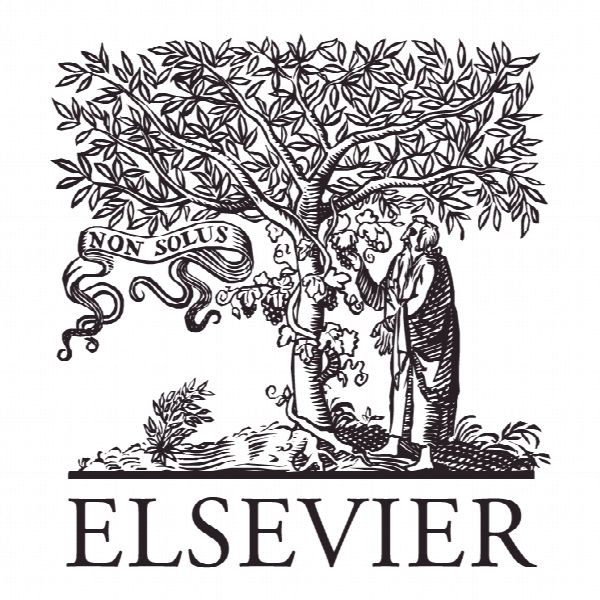همکاری منطقه ای از جمعیت شرکت، نوآوری و تحقیقات عمومی؟ شواهد از صنعت لیزر غرب آلمان Regional co-evolution of firm population, innovation and public research? Evidence from the West German laser industry
- نوع فایل : کتاب
- زبان : انگلیسی
- ناشر : Elsevier
- چاپ و سال / کشور: 2017
توضیحات
رشته های مرتبط مدیریت
گرایش های مرتبط مدیریت صنعتی
مجله سیاست تحقیق – Research Policy
دانشگاه دانشکده علوم اقتصادی، گوتینگن، آلمان
نشریه نشریه الزویر
گرایش های مرتبط مدیریت صنعتی
مجله سیاست تحقیق – Research Policy
دانشگاه دانشکده علوم اقتصادی، گوتینگن، آلمان
نشریه نشریه الزویر
Description
1. Introduction: The paradox of the linear model The linear model of innovation posits that innovation proceeds in a unidirectional sequence from basic research over applied research and industrial development to product or process innovation1. There is broad consensus among innovation scholars that the linear model is incomplete because it neglects relevant feedback from “later” (i.e., closer to product development) to “earlier” stages. In this paper we provide historical and quantitative evidence indicating that this feedback is important in the regional co-evolution of industry, innovation, and public research. Various theoretical contributions address the limitations of the linear model. The chain-linked model of innovation (Kline and Rosenberg, 1986) accounts for the often complex interactions between public research and industrial research and development (R&D). Stokes’ (1997) notion of Pasteur’s Quadrant highlights that the boundary between basic and applied research can often not be drawn in a meaningful way. The systems of innovation approach emphasizes the importance of science-industry interaction at various geographic and sectoral scales. This approach played an important role in conceptually discrediting the linear model (Fagerberg, 2003). And from the perspective of industry evolution, it has been suggested that public research is a key element of the “institutional context” that an industry co-evolves with (Nelson, 1994). Substantial empirical evidence likewise points to shortcomings of the linear model. For instance, private-sector R&D managers report that public research is equally important to them in solving problems that emerge in ongoing R&D projects as it is in inspiring new R&D projects (Cohen et al., 2002). Other research has found that the commercialization odds of university inventions licensed by private-sector firms are higher when university inventors actively support the post-licensing innovation efforts (Agrawal, 2006).


